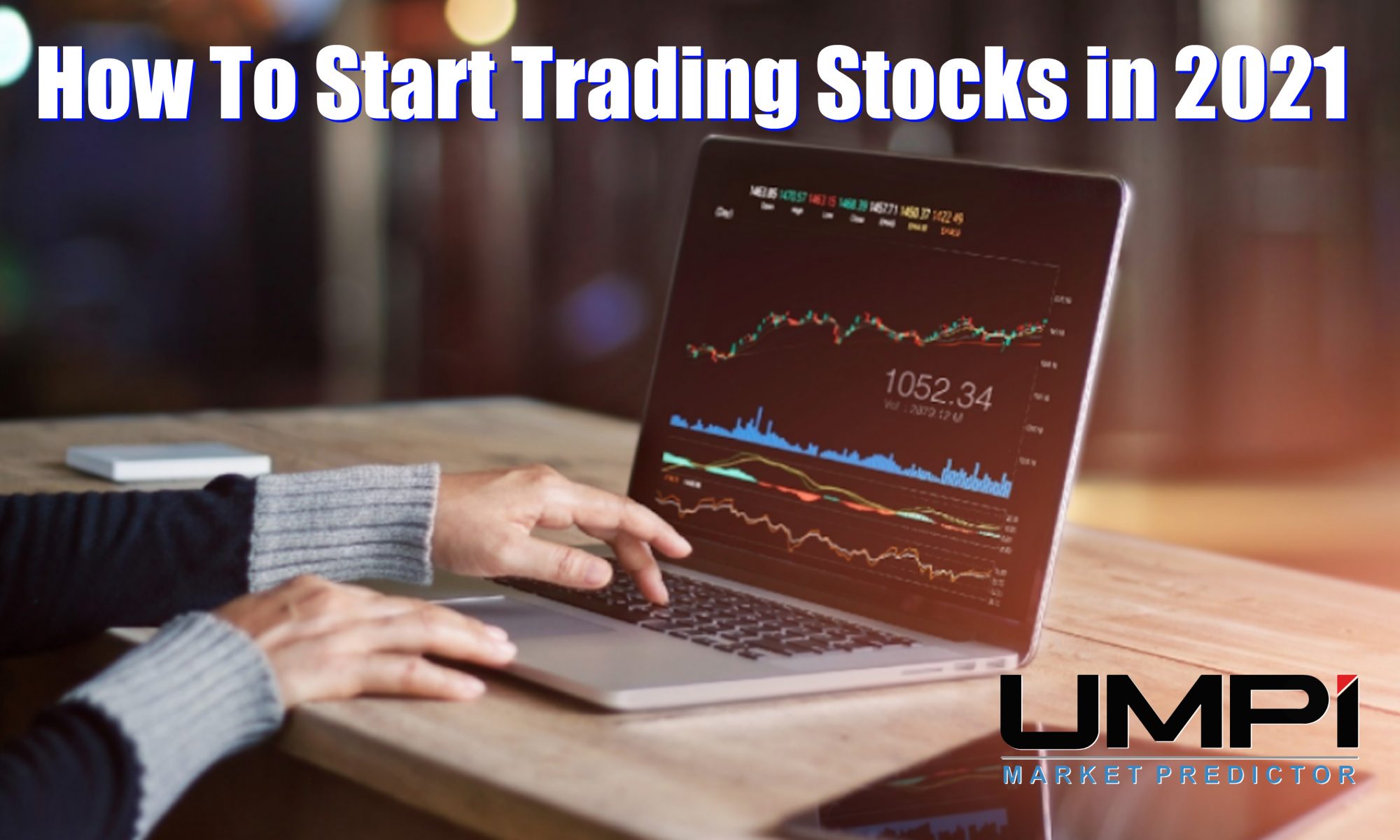You can turn to various sources such as Stock Market Primer by Claude N. Rosenberg to learn about the strategies surrounding stock trading. Learning the differences between custom stock, preferred stock and dividend-producing stock is a good starting point. Here’s a look at what you should know to trade stocks in 2021.
Money Required to Get Started
Opening up a brokerage account is simple, just like opening a regular bank account. At one time there were account minimums but now you can generally start a regular cash account through a brokerage firm with any amount of capital. The popular trading app Robinhood became well known for allowing no account minimums for cash accounts or transaction fees. You usually need $2,000 to open a margin account, which allows you to borrow money from your broker. You can then use margin to supplement positions in which you hold at least 50% equity.
Risks Involved
Plenty of risks exist for stock market trading, such as lack of liquidity, capital loss and technical difficulties related to internet connectivity and trading platforms. Liquidity is the ability to easily move money in and out of trades, which isn’t possible for all stocks. Low volume equities simply don’t attract enough trading activity to guarantee trades will be executed at your desired prices. That means once you get stuck in a low volume stock it’s hard to get out, as warned by the Securities Exchange Commission.
The best way for a trader to avoid huge capital losses is to set risk management strategies and generally stick with them. These strategies involve identifying entry and exit points, as well as minimizing loss potential with stop loss orders. Another form of risk management is only betting the amount of money you’re willing to lose. Each individual trader has their own personal threshold of how much loss they can tolerate and still maintain a trading account.
You should be aware that market orders can execute at whatever the current price is, whereas limit orders allow you to choose your own price and wait until the market hits that level. The only problem with market orders is sometimes you can end up paying higher prices than expected, especially if you purchase a huge block of shares larger than the current bid volume.
Another risk is short-selling, which is the reverse of a long sale in which you buy then sell. In a short sale you sell borrowed shares from your broker then buy them back to “cover.” Short-sellers essentially bet a stock is going down. But if they aren’t careful, too many shorts can trigger a “short squeeze,” in which scared short sellers quickly cover and drive the price up. This strategy has many benefits, but if you’re wrong and the price keeps surging, it can drain the value of your account rapidly.
Trading Time Required to be Successful
One of the most overlooked nuggets of valuable knowledge to successful trading is understanding time frames. Any given stock exists in multiple time frames that can be expressed on a bar or candlestick chart. In other words, a stock has a long-term time frame as well as a short-term time frame that can be broken up into days, hours, minutes and seconds.
Stock trend reversals is what many top traders are looking for. Soon as they see confirmation that a stock has shifted from a decline to a gain within a certain time frame, they but then sell after a brief advancing ride. Swing traders pay more attention to 5-day technical charts while day traders focus on time frames that affect intraday volatility. Some of the most successful day traders move in and out of stocks in a matter of seconds.
Different Markets and Styles of Trading
While swing traders might hold a stock overnight or even a few weeks, day traders often close out positions by the end of the day. Traders who use other people’s money (OPM), which is common among hedge funds, often are required to close out positions by the end of afterhours trading. The reason some firms have this policy is because stock prices can change radically overnight. But that’s what swing traders often count on.
A swing trader who has full control of trading decisions isn’t afraid to hold stocks overnight and often plans trading ideas around pre-market earnings reports. A swing trader might buy a limited number of shares going into earnings. If the report beats Wall Street analyst estimates, it can send the price surging upward, in which the trader adds to his or her position with a heavier volume of shares.
Scalping is a trading style used by both day traders and swing traders. It usually involves buying a large number of shares and banking on a small price move of a penny or a dime. Some traders are able to make millions of dollars per month on countless trades with minimal price movement.
Conclusion
Following these points about stocks will help you get started with trading in 2021. Be aware that even the best traders can lose thousands of dollars per day. Developing a rational risk management strategy and picking the right stocks at the right times will set the stage for profitable trading.

